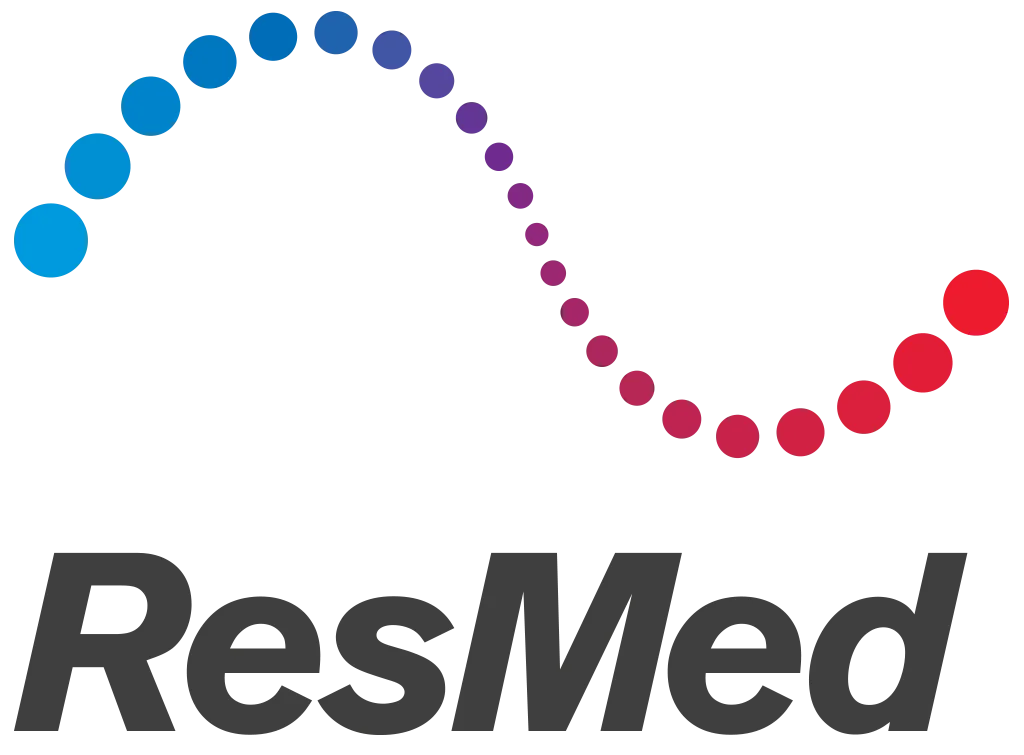How An Early Patent Investigation Helped CalAmp Avoid $6 Million in Enhanced Damages

A recent Federal Circuit case, Omega Patents v. CalAmp, underscores the importance of conducting early patent investigations and how they can help avoid enhanced damages due to willful patent infringement.
CalAmp entered the appeal owing $9 million in compensatory and enhanced damages for willful patent infringement after a jury trial ($15 million total after attorney's and additional fees). The Federal Circuit vacated the entire willfulness judgment and its associated enhanced damages and remanded for a new trial in part because of technical issues relating to the jury verdict.
But before sending the case back to trial, the Federal Circuit made a point to note the importance of CalAmp’s early pre-suit patent investigation efforts and the associated evidentiary errors committed by the district court. When the district court properly considers the evidence, CalAmp will stand a much better chance of escaping the $6 million in enhanced damages.
The Federal Circuit found that the district court erred in two ways when it considered the willfulness issue:
- The court improperly excluded testimony by a CalAmp senior director, Gallin Chen, relating to CalAmp’s state of mind prior to the alleged infringing acts. Despite being allowed to testify that he “was the ‘main person’ tasked with investigating the patent landscape,” “discussed his findings with his superior . . . who was part of CalAmp’s executive team,” conducted searches to “see the lay of the land,” Chen was not permitted to state his conclusions as to whether the asserted patent claims were infringed or invalid. The appeals court rejected the trial court's application of expert witness (FRCP 26) and hearsay rules and held that “Chen’s testimony on this issue was clearly relevant.”
- The district court also erred in excluding testimony by CalAmp’s outside counsel, David Bailey, as to the analysis he provided and conveyed to CalAmp executives regarding noninfringement and invalidity of the asserted patents. The Federal Circuit said that Bailey should have been allowed to present a reasonable explanation as to how he arrived at his conclusions in order to demonstrate CalAmp’s mental state as to these issues. The appeals court drew a noteworthy line, however, with respect to Bailey’s post-suit written opinions – opinions performed after the suit was filed were properly excluded since they were not contemporaneous with the infringing activity.
Takeaways:
- Patent analysis by non-attorneys, including conclusions of non-infringement and invalidity, is probative and relevant to an accused infringer’s state of mind at the time of the alleged activity. Chen was not an attorney but had responsibility for freedom to operate analysis. The Federal Circuit held that his conclusions, which indicated a subjective state of mind on the part of CalAmp, were relevant to willfulness under Halo.
- Testimony regarding prior verbal opinions of non-infringement or invalidity can be relevant and admissible, but it is usually better to document these positions. Although the Federal Circuit rejected a hearsay objection that the district court sustained to exclude testimony about conversations, documentary evidence of such opinions would have avoided the issue altogether and is almost always more credible.
- The exclusion of Bailey’s post-suit written opinions as to non-infringement and invalidity reinforces the criticality of performing and documenting patent investigations as early as possible in a product’s development and launch cycle. Opinions and patent analysis conducted at the beginning of alleged activity are admissible to show good faith non-infringement and invalidity positions, while after-the-fact opinions usually are not relevant.
Subscribe to get new Clearstone FTO Articles




